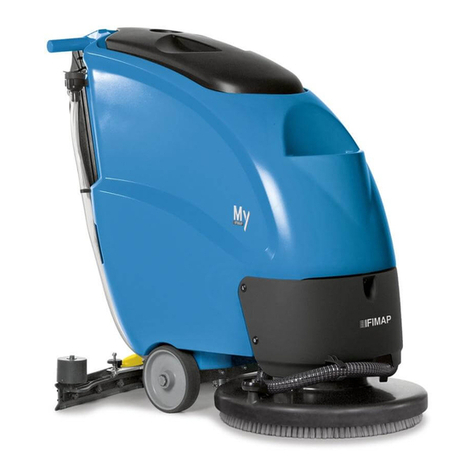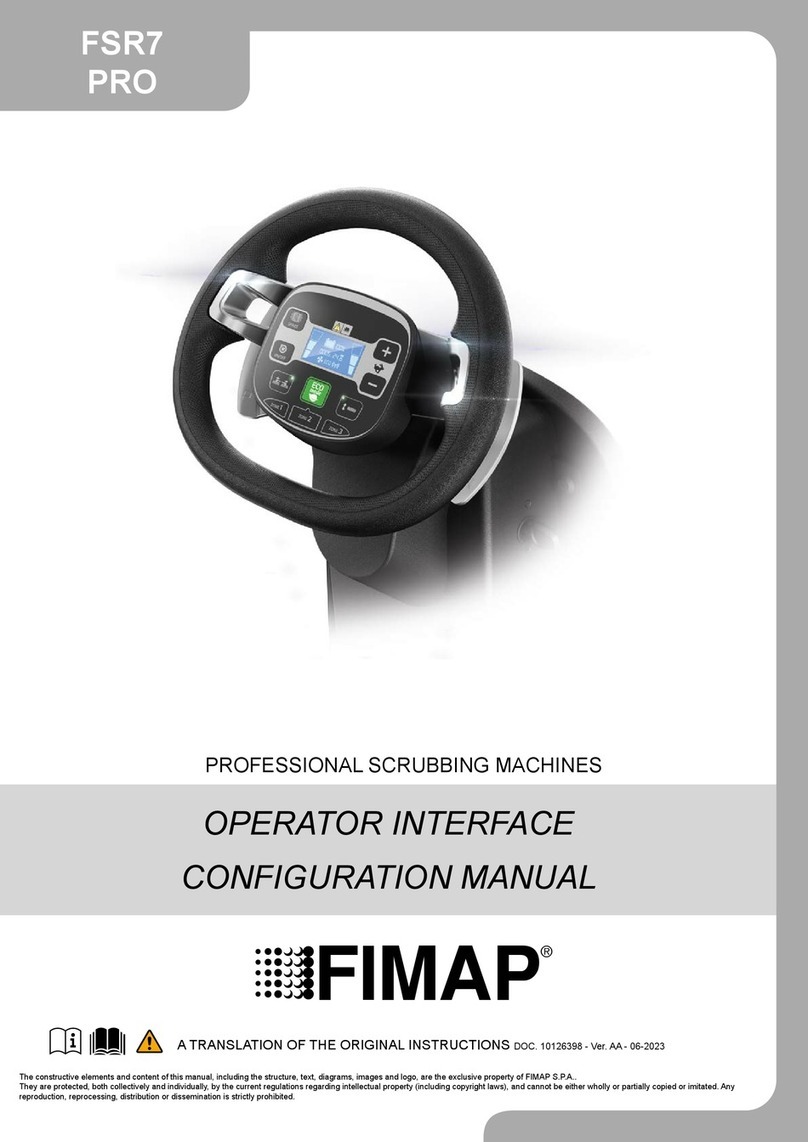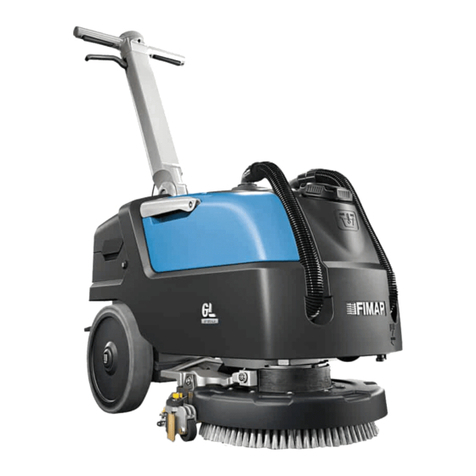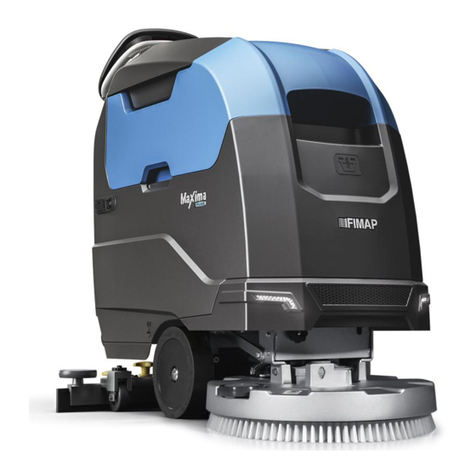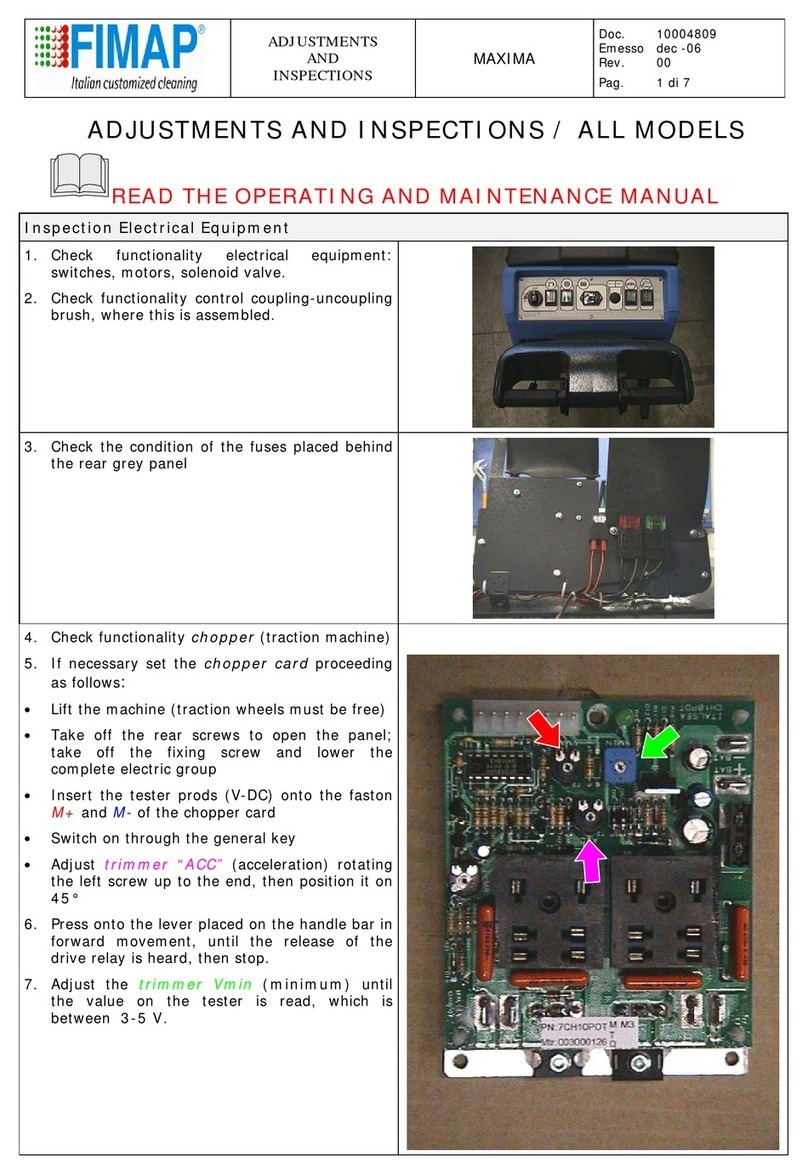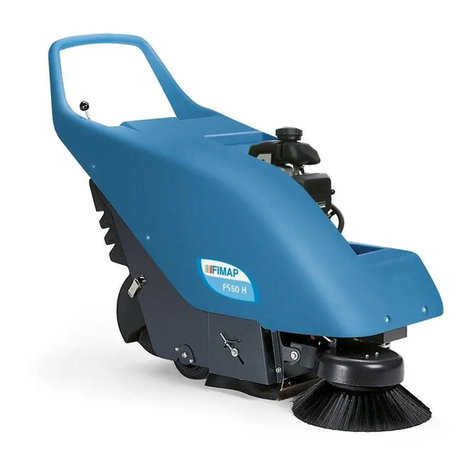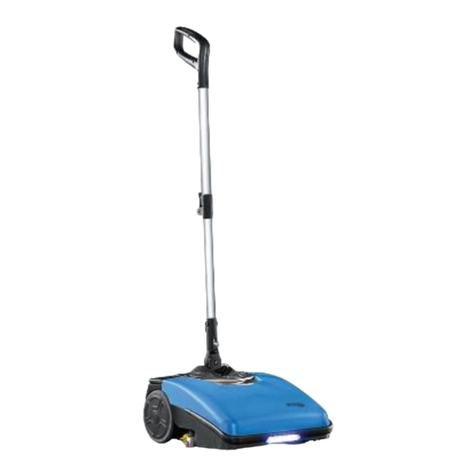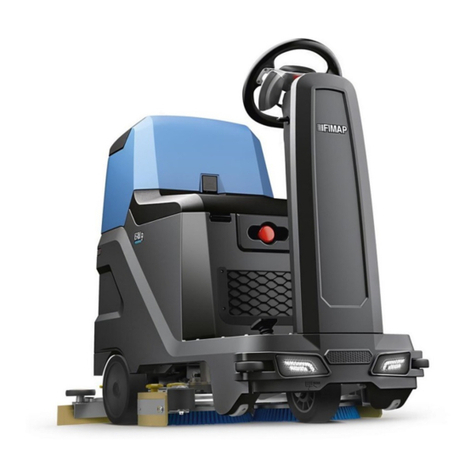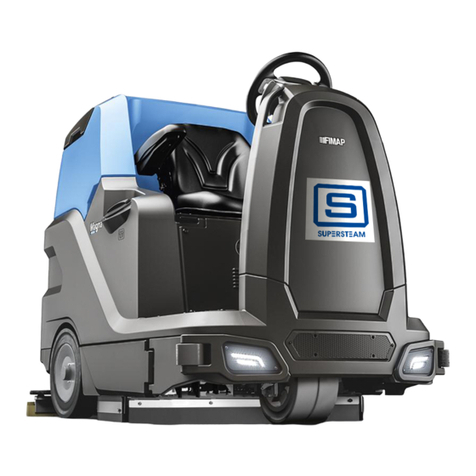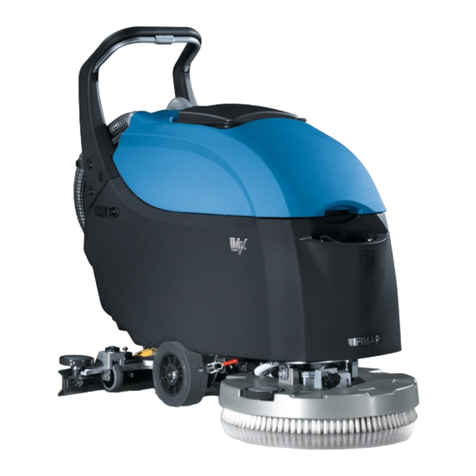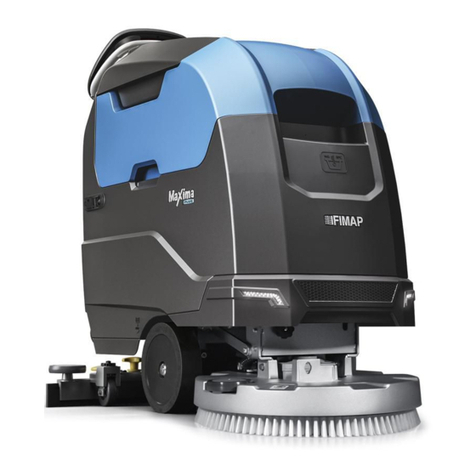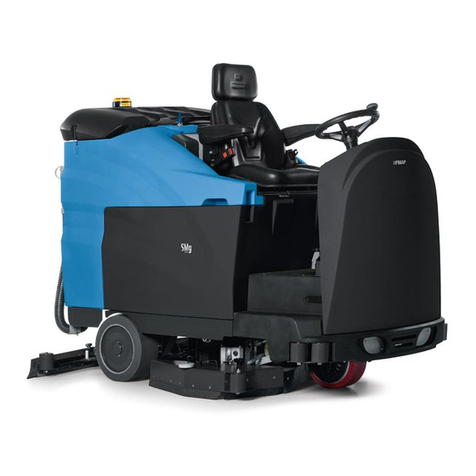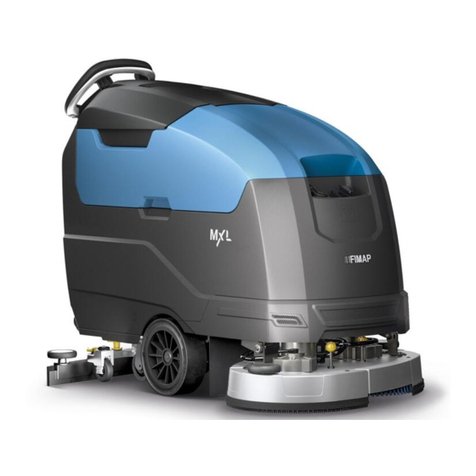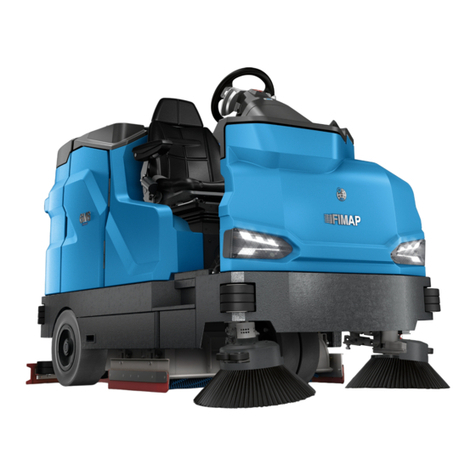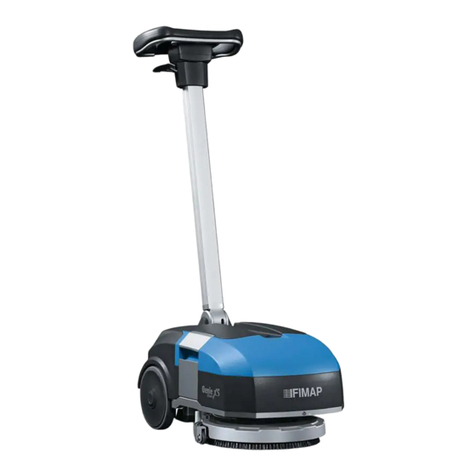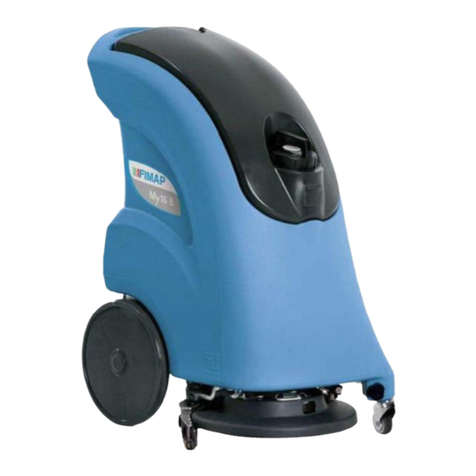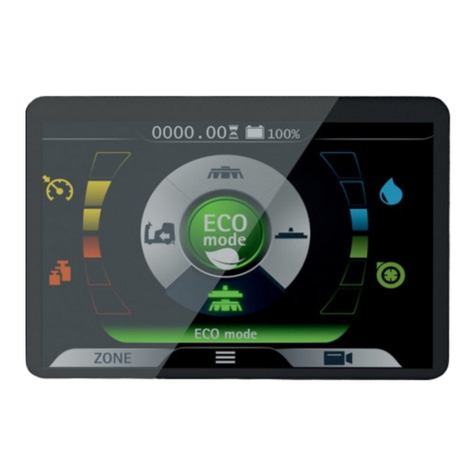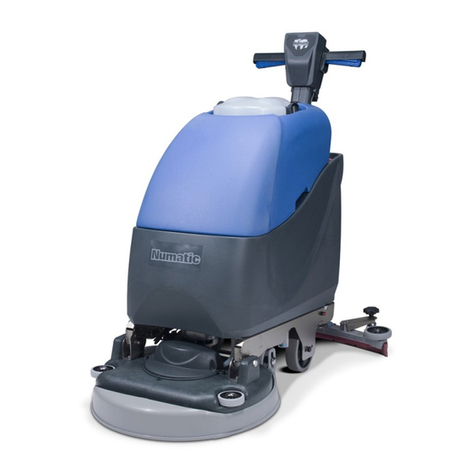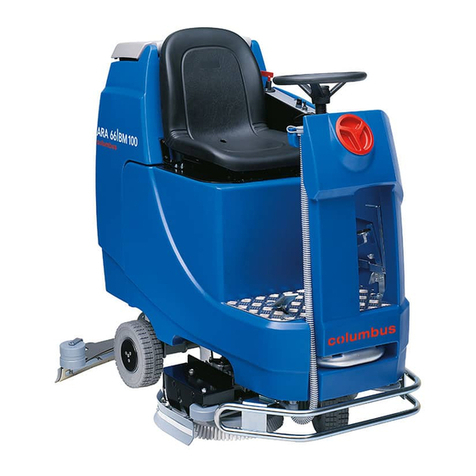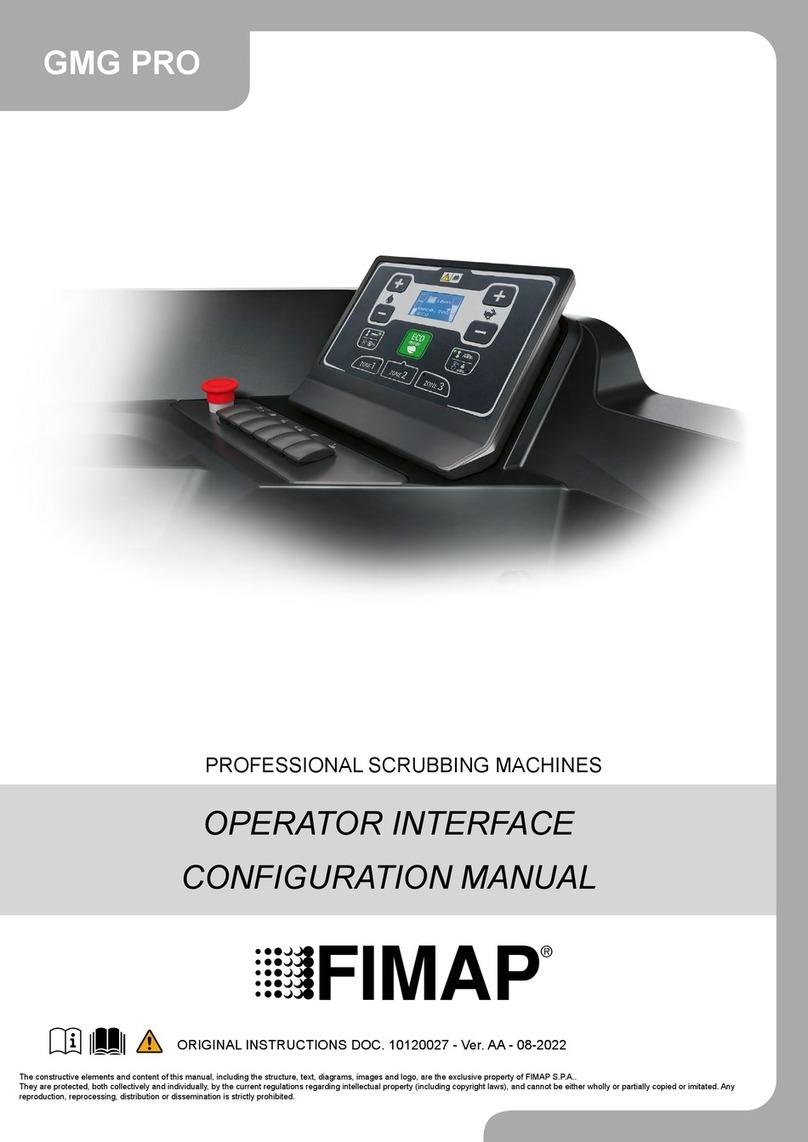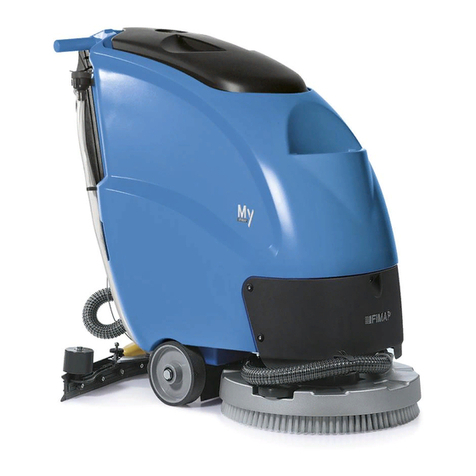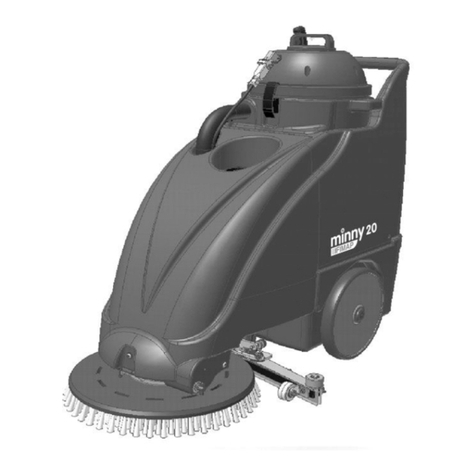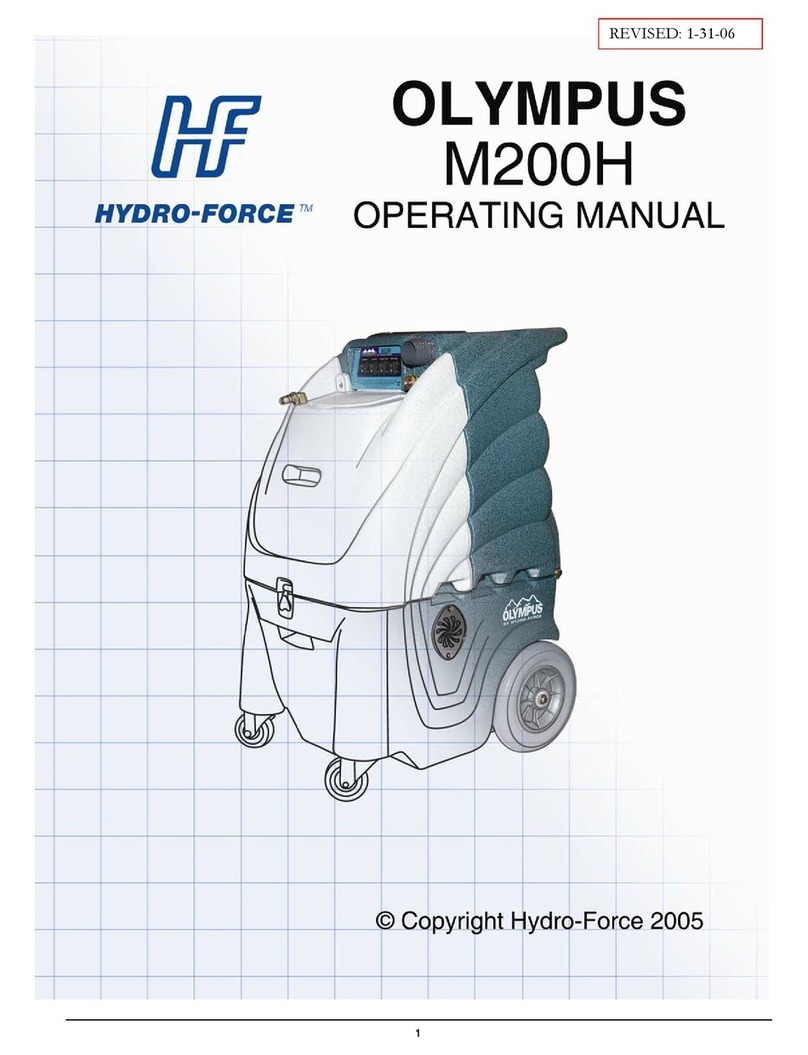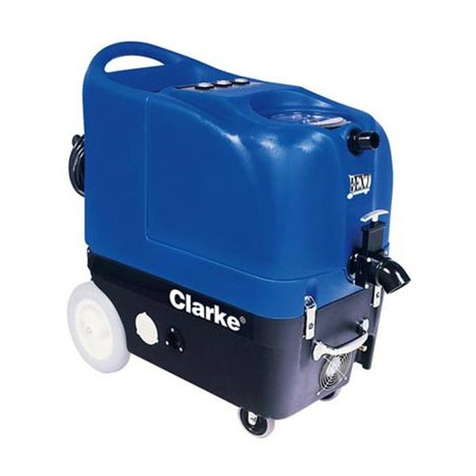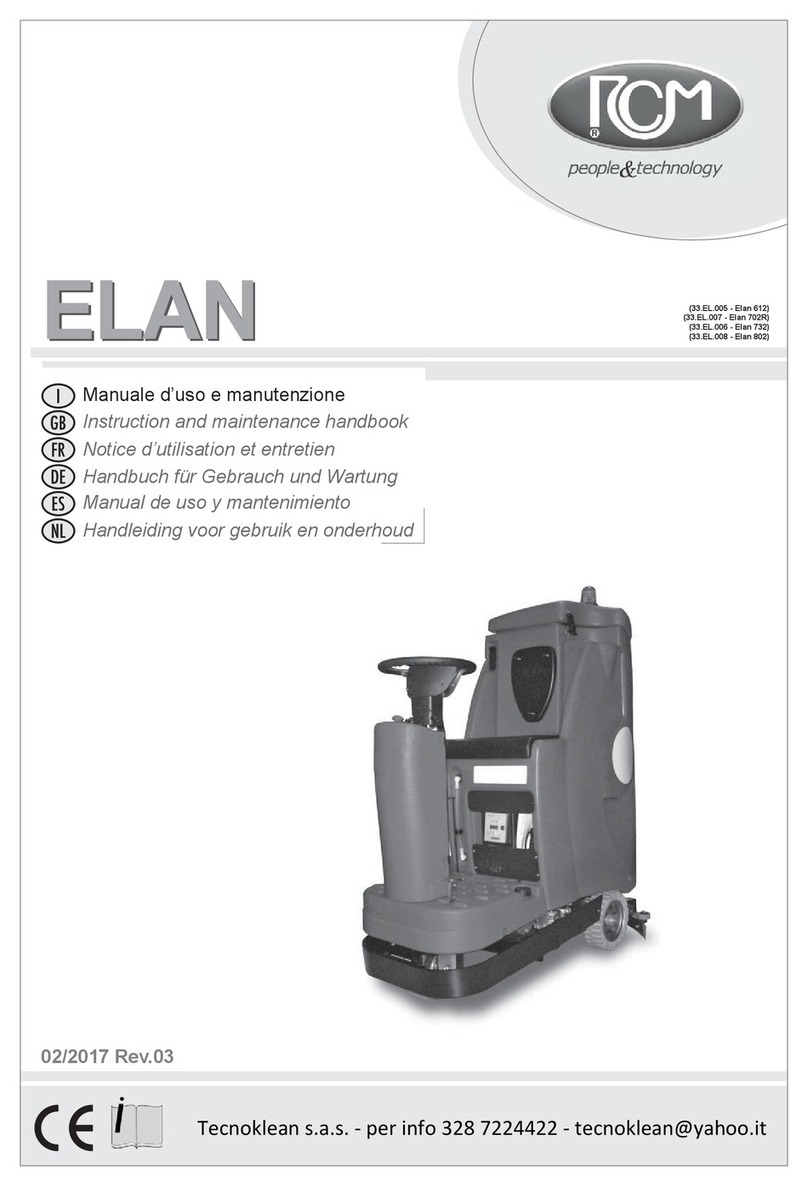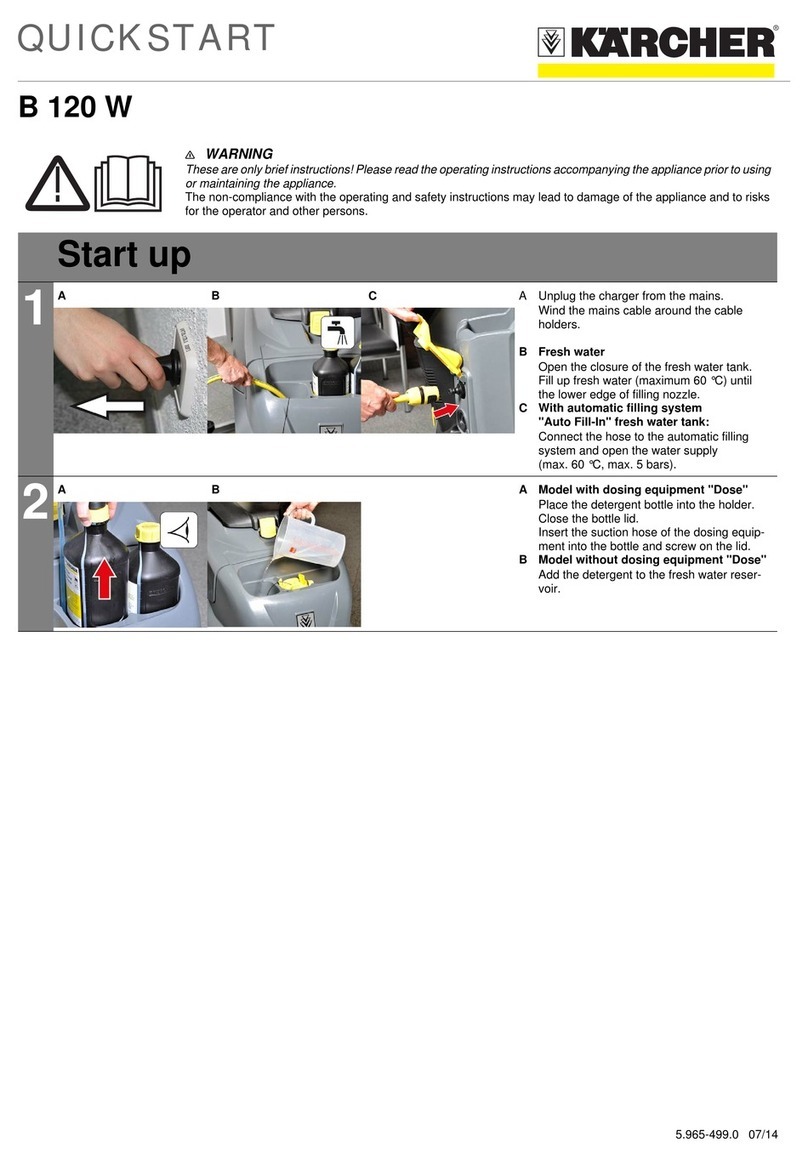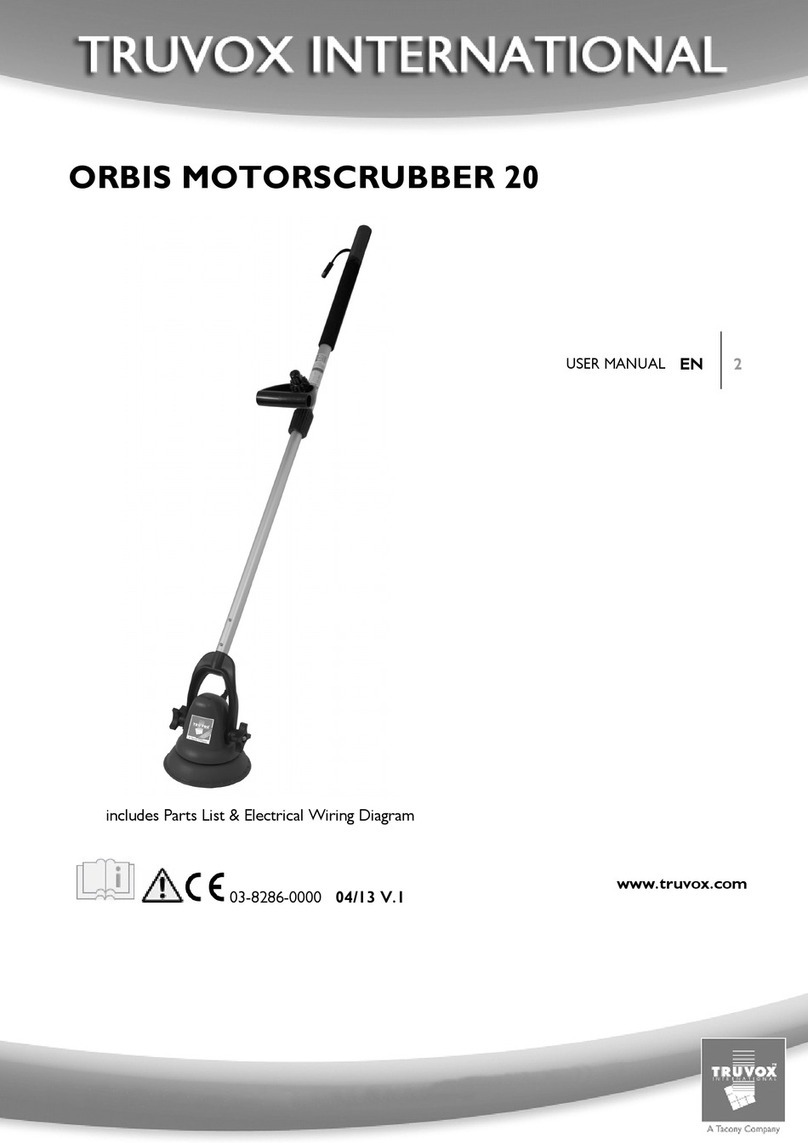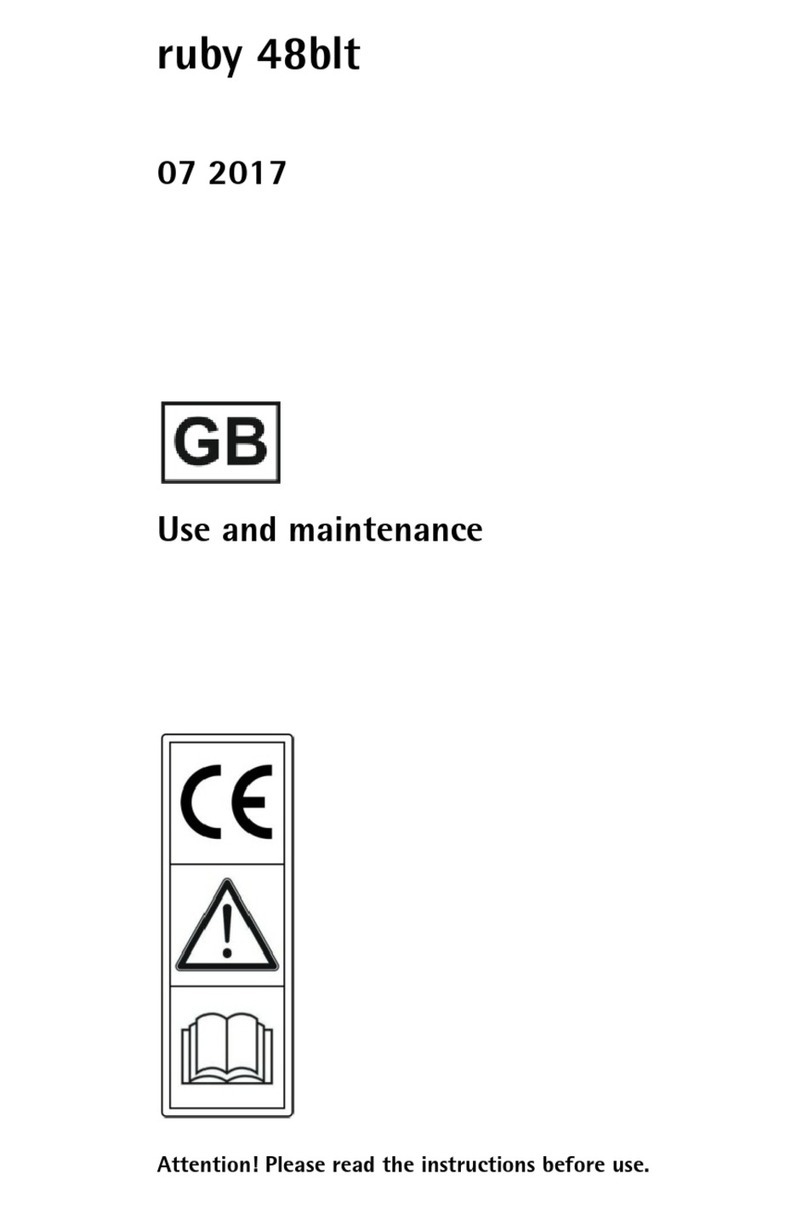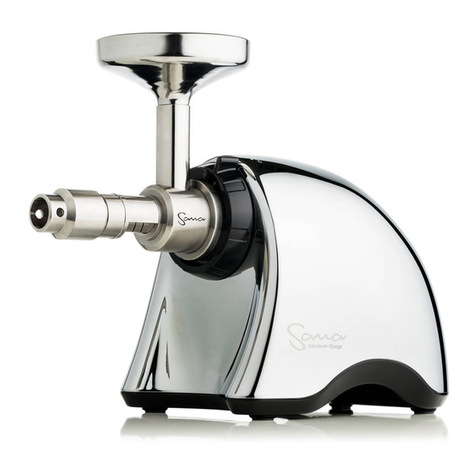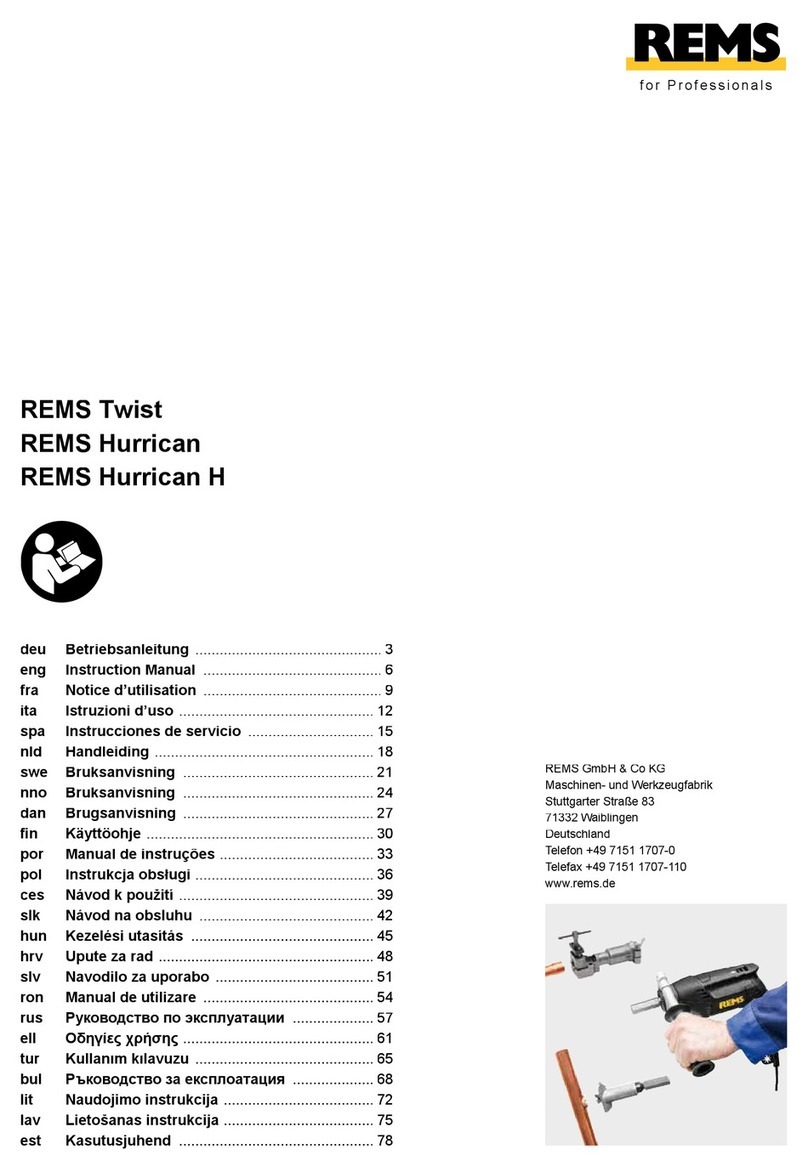CONTENTS
CONTENTS...................................................................................................................................................................................................................................1
SYMBOLS USED IN THE MANUAL............................................................................................................................................................................................3
QUICK REFERENCE (ELECTRONIC DOCUMENT):..................................................................................................................................................................3
1. BOOKMARKS:....................................................................................................................................................................................................................3
2. LINK PAGE:........................................................................................................................................................................................................................3
PURPOSE AND CONTENT OF THE MANUAL...........................................................................................................................................................................4
TARGET GROUP..........................................................................................................................................................................................................................4
STORAGE OF USE AND MAINTENANCE MANUAL.................................................................................................................................................................4
ON CONSIGNMENT OF THE APPLIANCE.................................................................................................................................................................................4
INTRODUCTORY COMMENT......................................................................................................................................................................................................4
IDENTIFICATION DATA...............................................................................................................................................................................................................4
TECHNICAL DESCRIPTION........................................................................................................................................................................................................4
INTENDED USE............................................................................................................................................................................................................................4
SERIAL NUMBER PLATE............................................................................................................................................................................................................4
SAFETY ........................................................................................................................................................................................................................................4
GENERAL SAFETY REGULATIONS ..........................................................................................................................................................................................5
TECHNICAL DATA.......................................................................................................................................................................................................................6
SYMBOLS USED ON THE APPLIANCE.....................................................................................................................................................................................7
PREPARATION OF THE APPLIANCE........................................................................................................................................................................................9
1. HANDLING THE PACKED APPLIANCE............................................................................................................................................................................9
2. HOW TO UNPACK THE MACHINE...................................................................................................................................................................................9
3. HOW TO TRANSPORT THE APPLIANCE........................................................................................................................................................................9
4. COMPONENT POSITIONING..........................................................................................................................................................................................10
5. APPLIANCE SAFETY.......................................................................................................................................................................................................10
6. TYPE OF BATTERY.........................................................................................................................................................................................................11
7. BATTERY HOPPER MAINTENANCE AND DISPOSAL..................................................................................................................................................11
8. INSERTING BATTERIES INTO THE DEVICE.................................................................................................................................................................11
9. BATTERY CHARGER CONNECTION (only for systems without CB).............................................................................................................................12
10. BATTERY CHARGER CONNECTION (only for systems with CB)..................................................................................................................................13
11. HOUR METER..................................................................................................................................................................................................................14
12. BATTERY CHARGE LEVEL INDICATOR........................................................................................................................................................................14
13. FORWARD MOVEMENT AT WORK SPEED (only for BT system).................................................................................................................................14
14. FILLING THE SOLUTION TANK......................................................................................................................................................................................15
15. DETERGENT SOLUTION (only for versions without FSS)..............................................................................................................................................15
16. FILLING THE DETERGENT CANISTER (only for systems with FSS).............................................................................................................................15
17. ASSEMBLING THE SQUEEGEE.....................................................................................................................................................................................16
18. BRUSH ASSEMBLY (only for single-disc versions).........................................................................................................................................................17
19. BRUSH ASSEMBLY (only for twin-disc versions)............................................................................................................................................................17
20. ASSEMBLING THE SPLASH GUARD.............................................................................................................................................................................18
PREPARING TO WORK.............................................................................................................................................................................................................19
1. PREPARING TO WORK...................................................................................................................................................................................................19
2. TRIGGERING THE DOSING SYSTEM (only for FSS system)........................................................................................................................................19
WORK.........................................................................................................................................................................................................................................21
1. STARTING WORK............................................................................................................................................................................................................21
2. DETERGENT ADJUSTMENT (only for versions without FSS)........................................................................................................................................21
3. DETERGENT ADJUSTMENT (only for versions with FSS) .............................................................................................................................................21
4. "ECO MODE" DEVICE.....................................................................................................................................................................................................22
5. OVERFLOW DEVICE.......................................................................................................................................................................................................22
AT THE END OF THE WORK....................................................................................................................................................................................................23
DAILY MAINTENANCE..............................................................................................................................................................................................................24
1. EMPTYING THE RECOVERY TANK...............................................................................................................................................................................24
2. EMPTYING OF THE SOLUTION TANK...........................................................................................................................................................................24
3. CLEANING THE SQUEEGEE BODY...............................................................................................................................................................................24
4. CLEANING THE BRUSH..................................................................................................................................................................................................25
5. CLEANING THE VACUUMMOTOR FILTER FLOAT......................................................................................................................................................26
6. CLEANING THE SOLUTION TANK FILTER....................................................................................................................................................................26
WEEKLY MAINTENANCE .........................................................................................................................................................................................................27
1. CLEANING THE RECOVERY TANK................................................................................................................................................................................27
2. CLEANING THE SOLUTION TANK.................................................................................................................................................................................27
3. CLEANING THE VACUUM HOSE....................................................................................................................................................................................28
4. CLEANING THE DETERGENT CANISTER (only for system with FSS)..........................................................................................................................28
EXTRAORDINARY MAINTENANCE.........................................................................................................................................................................................29
1. REPLACING THE SQUEEGEE RUBBERS.....................................................................................................................................................................29
2. ADJUSTING THE SQUEEGEE........................................................................................................................................................................................30
3. REPLACING THE BRUSH...............................................................................................................................................................................................30
4. REPLACING THE BRUSH HEAD SPLASH GUARD.......................................................................................................................................................31
5. RINSING THE DOSING SYSTEM (only for FSS system)................................................................................................................................................31
TROUBLESHOOTING................................................................................................................................................................................................................33
1. AN ALARM MESSAGE APPEARS ON THE CONTROL DISPLAY.................................................................................................................................33
Page 1
